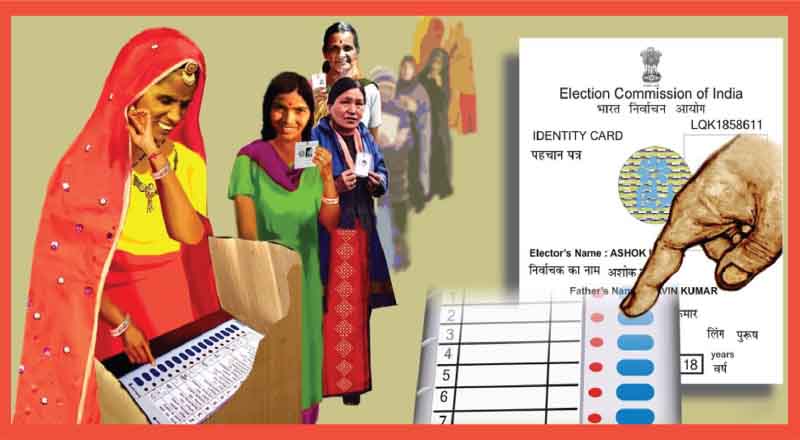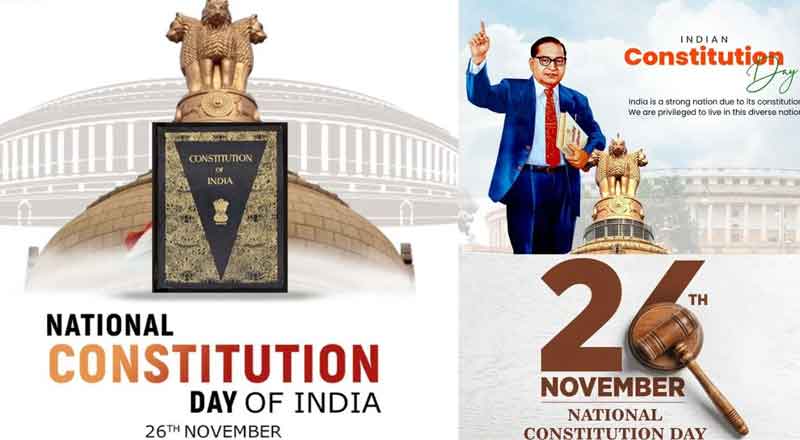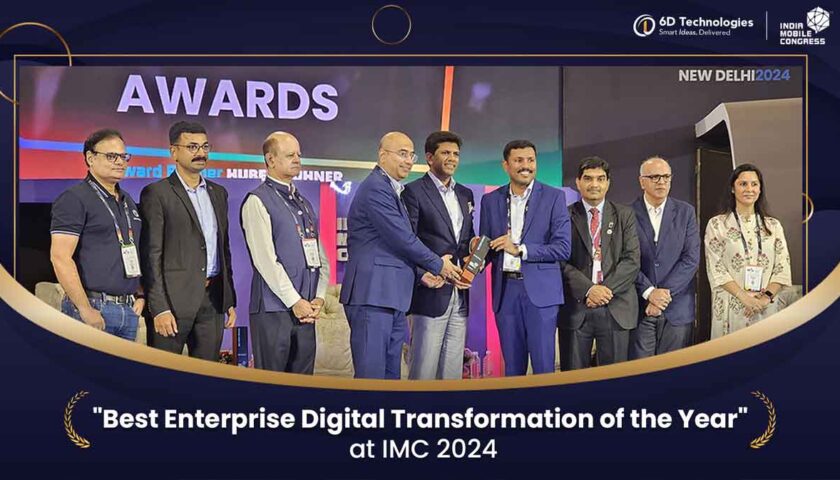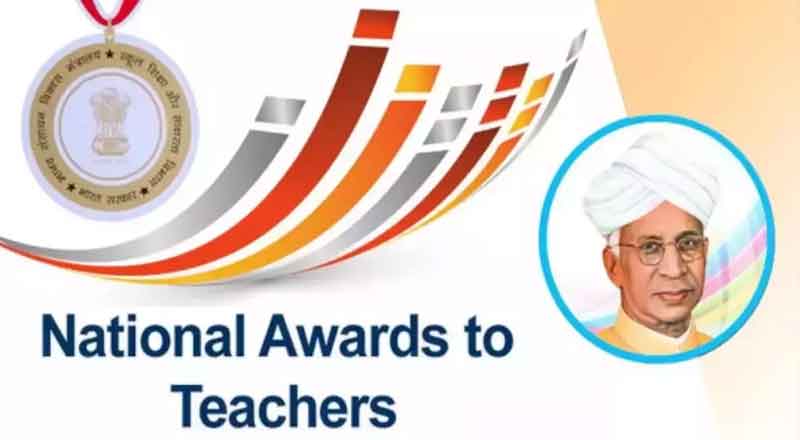India’s Muslim population is rising. In 2015, their number stood at 195 million, which, due to high birth rates, has almost doubled since 1991, according to the Pew Research Center. Their share has increased from 12% to 15% in this time period. By 2060, Pew estimates, there will be more Muslims in India than anywhere else in the world (Indonesia has more today), and they will constitute 19% of Indians.At the same time, the share of Muslims in the Lok Sabha, India’s 545-seat lower house of parliament, is in decline. Muslims have always been underrepresented here, but they are currently at a 50-year low. In the 1980 election, almost 10% of those elected were Muslim. In 2014, it was less than 4%.The 2019 national election, the results of which will be declared on May 23, is unlikely to stop the downward trend. Researchers of Indian politics think that Hindu majoritarianism and the rise of the Bharatiya Janata Party (BJP), the current ruling entity, is at least partly responsible for the decline, with important repercussions for Indian public policy.
Historians believe Islam first came to the Indian subcontinent in the 7th century. Over the next thousand years, Muslim rulers from central and west Asia would come to take over large parts of modern day India, promoting Islam, leading to many converts.In the 18th and 19th centuries, the British colonised the subcontinent. In the fight for independence, Muslims would be major participants (paywall). When independence was won, the colony was divided into two states, India and Pakistan. India, with a Hindu majority, but large numbers of Muslims and other religious minorities, would be a secular state. Pakistan, which then included what is now Bangladesh, would be an Islamic republic.
The partition led to 15 million people moving between the countries, and over a million deaths during that migration. About 35 million Muslims remained in India after partition. That population was and still is mostly concentrated in northern part of the country in the Ganga river basin, which includes the states of Uttar Pradesh, Bihar, and West Bengal. About half of the country’s Muslims are in those three states alone. Still, nearly every part of the country has a significant Muslim minority. Of the 16 states with over 30 million people, only Odisha and Punjab are less than 5% Muslim.
The first election to the Lok Sabha happened in 1952. Of the 489 elected members, only 11 were Muslim, according to India Today. Over the next 30 years, those numbers would rise, peaking in 1980.The increase was mostly due to great numbers within the Indian National Congress (INC), the party of Mahatma Gandhi, and the dominant political party of India after independence. Up to 30 of the 49 Muslim representatives in 1980 were members of the INC. The only other long-running parties that have consistently had more than one Muslim member are the communist parties and the Jammu & Kashmir National Conference, according to data from the Trivedi Center for Political Data. Mohammed Osama, a political science PhD student at Jamia Millia Islamia who studies Indian politics, attributes the large representation of Muslims in 1980 to the fragmentation of Indian political parties in the late 1970s and early 1980s.
With no party dominating politics, there was more of an effort to reach out to the Muslim community, and other minority groups, to cobble together a winning constituency. As a result, parties were more likely to give Muslims a chance to be their candidate. In 1980, it would have appeared that the under-representation of Muslims—sometimes referred to as the “missing Muslims” (pdf)—was a thing of the past. Instead, the progress made by Muslim politicians was almost completely reversed in the next three decades. Research by political scientists Christophe Jaffrelot and Gilles Verniers, who have studied this matter, points to one major reason for their decline: the rise of the BJP. Founded in 1980, the BJP first ran candidates in the 1984 national election, winning just two seats. But the party would grow quickly.
By 1998, it would lead a coalition government running the country, and in 2014 it won an outright majority under the leadership of current prime minister Narendra Modi.The BJP’s social policies are Hindu nationalist, promoting a Hindu-based cultural conservatism over westernization and secularism. Many Hindu nationalists express the idea that Muslims can never be truly Indians because, unlike Hindus, their holy sites are not in India. The BJP’s growth was catalyzed by the demolition of the Babri Masjid in 1992, a mosque that many Hindus consider to be on Hindu holy ground, and the 2002 riots in which over 1,000 people, most of whom were Muslims, were killed in the state of Gujarat (Modi was the state’s chief minister when this violent episode occurred).The economic ideology of the party has shifted over the years. Currently, they are a difficult-to-pin-down combination of pro-market and anti-red tape, but also populist when it comes to policies to support India’s large number of agriculture-dependent poor.
Unsurprisingly, the BJP has had few Muslim candidates. Jaffrelot and Verniers point out that, since 1980, the party has put up only 20 of them for general elections, just three of whom have won. Of the party’s 282 current Lok Sabha members, none is a Muslim—the first time in the history of independent India that a winning party has had no Muslim members. Nearly all of the decline in Muslim representation has come from fewer members from the states of Madhya Pradesh, Maharashtra, and most importantly Uttar Pradesh. The BJP has recently grown more powerful in Uttar Pradesh, India’s largest state and a bellwether (paywall) for its national elections. In concert, the number of Muslim members of parliament from here fell from 18 all the way down to 0 in 2014, when the BJP won 71 out of the 80 seats allotted to the state. Around 20% of Uttar Pradesh’s population is Muslim.
Since 2014, many Muslims have expressed concerns that the BJP is further marginalizing them (paywall), and that the government does not speak out against expressions of anti-Muslim bigotry. Human Rights Watch finds a rising number of attacks against Muslims accused of eating or killing cows—considered sacred by many Hindus. Some Indian Muslims report fears of wearing clothing that identifies them as Muslim. Verniers believes anti-Muslim sentiment stoked by some in the BJP has also led to fewer Muslim candidates outside the BJP (paywall). The INC and other parties fear being pegged as anti-Hindu if they promote Muslim candidates.
As a result, it seems highly unlikely that the number of Muslims will increase significantly during this election, though a less dominant showing by the BJP in Uttar Pradesh could lead to at least a few more Muslim members. The lack of Muslims in the Lok Sabha may have serious policy consequences according to the political researcher and computer scientist SaloniBhogale. She analyzed a set of 276,000 questions asked in parliament from 1999 to 2017, and found that Muslim representatives were far more likely to ask questions about issues that particularly concerned the community, including on violence against Muslims and treatment of Muslim prisoners. Bhogale points out that the low number of Muslim women—less than 1% of Lok Sabha members are Muslim women—means the issues concerning this segment is particularly unlikely to be heard.
The 2019 election is a crucial moment for Muslims in India. Another BJP landslide, which exit polls suggest is likely, could mean a further sidelining of the country’s biggest minority.
In the fast-shifting Indian landscape, can the political sphere be neatly pigeon-holed into left, right and centre any more? This was a point raised by BJP leader Meenakshi Lekhi at the Manorama News Conclave 2019, where she was in conversation with Congress MP Shashi Tharoor and CPI general secretary D. Raja, moderated by special correspondent Cithara Paul, on the topic ‘New Indian politics’. “This so-called capitalist government “, she said, “was the one following the welfare model, with impetus for the unorganised sector, and sparking conversations on hunger and malnutrition.” With Mahatma Gandhi’s 150th anniversary in mind and ‘Gram Swaraj’ as the main motif of its welfare, PM Narendra Modi’s second term has been publicised to see an increased focus on schemes that will redistribute resources to “ensure everyone has equitable access to resources”.
The 75th anniversary of India’s independence that this government will celebrate will also showcase massive welfare works done in rural India. According to sources, during all the closed-door meetings the prime minister had with senior party leaders including party president Amit Shah in the run-up to the elections, Modi emphasised that “the astounding impact of government initiatives like Swachh Bharat Abhiyan, Pradhan Mantri Awas Yojana, Saubhagya, Ayushman Bharat, Ujjwala and other schemes” is what “karyakartas should talk about and help with delivery”.
The new government is accelerating the delivery under the 25 welfare schemes that were either launched from scratch or re-invented from the UPA government’s schemes. ‘Saashray’ or housing is going to be given a big boost. “Indian politics has chosen its path,” said Lekhi. “You have to perform or perish. Corruption, communalism and caste, the three Cs, have been wiped out. India is asserting itself at the world stage,” she said. Raja asked Lekhi if that was the case, then why was the government not accepting the left’s demands for a minimum wage. “Why are you introducing anti-labour measures in the name of labour reforms? What is the amount being allowed for the NREGA?” Tharoor retorted that the only 3Cs that have vanished are consensus, cooperation and compromise. “Communalism is rampant. Bigotry and prejudice are now openly spewed by political parties from public platforms.
We now talk about this idea of a Hindu Rashtra, further compounded in this era of fake news and trolls,” he said. Raja said that right-wing populism and rhetoric was now dominating public discourse, which was becoming more abusive by the day. “Ambedkar said about Hindu Rashtra that it was the most calamitous thing if it happened in India,” he said. ALSO READ Cow-catchers deployed ahead of Yogi visit, district magistrate cancels order When construction workers eating poha made BJP leader suspect their nationality Gujarat BJP MLA Ketan Inamdar announces his resignation from assembly Was the Indian political scene becoming more personality-oriented? Tharoor said that this was partly because of the proliferation of social media, which holds politicians accountable and accessible. “Some manage their image much better than the others. PM Modi is an example.
An individual being the face is a departure from the past. We have the worst of two worlds now: a presidential system within a parliamentary democracy where parties fight it out on the basis of ideologies.” Raja said a presidential system of politics should not be a part of Indian democracy. “In religion, you can lay everything down at the feet of one figure. But, in politics, that is a way to disaster,” he said.
The panellists then discussed the oft-spoken BJP idea of a Congress-mukt Bharat. Is it healthy for a democracy to have no opposition? Said Lekhi, “Congress-mukt means a rejection of the party that has stayed at the helm since Independence. Promises were never delivered. These are remnants of the past, symbolic for what the Congress has represented.” Tharoor was questioned about the internecine rift in the Congress—the flak faced by himself, Jairam Ramesh and Abhishek Singhvi—for “praising Modi”, and the dissonance of the statement coming from a party which prides itself for a multiplicity of voices. “The issue and the unnecessary controversy have ended after the state president accepted my explanation. I don’t want to open a closed wound,” he said.





